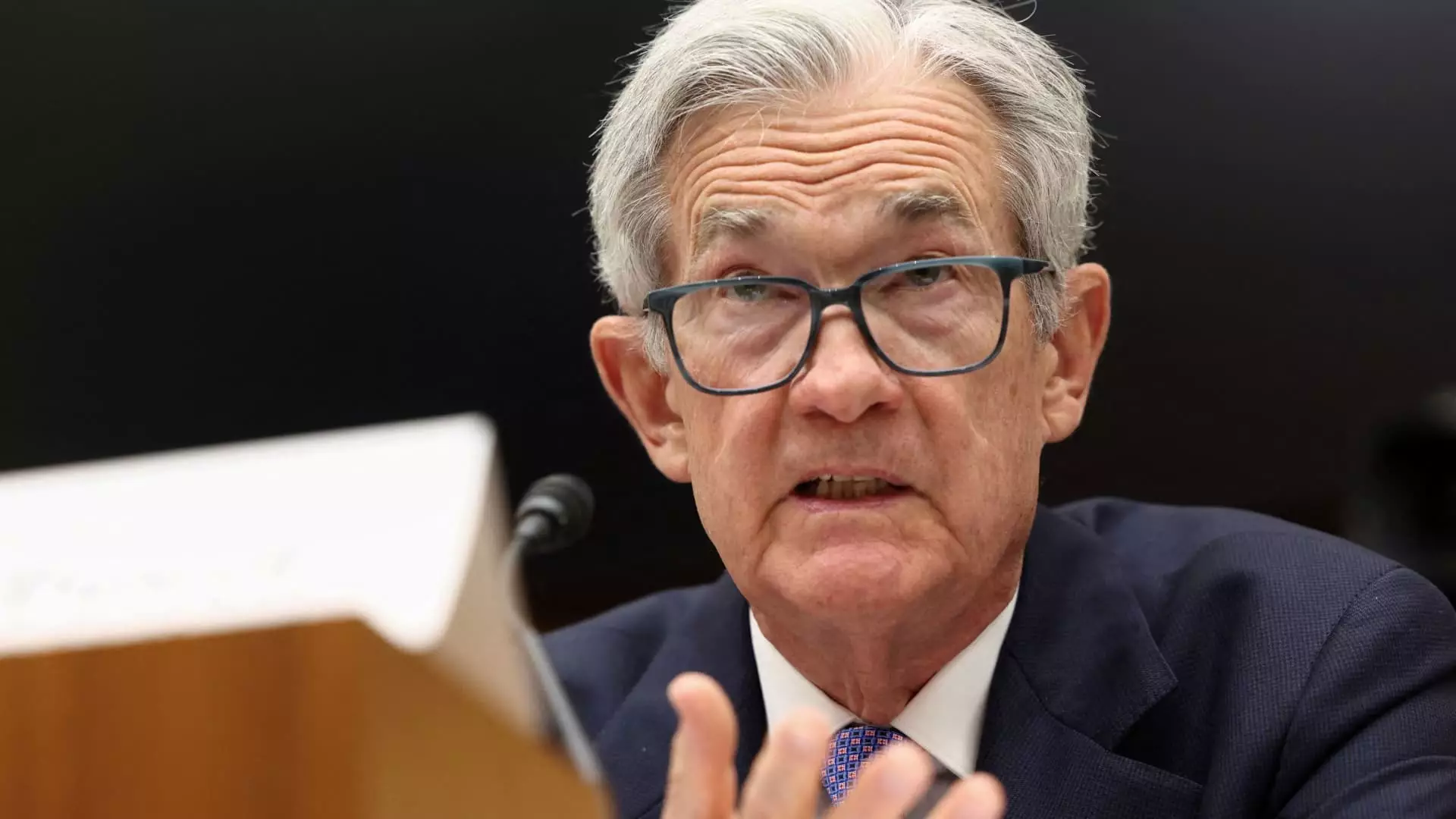In recent months, the relationship between the Federal Reserve and the Trump administration has deteriorated into a spectacle of political posturing and institutional defense. The Fed’s subtle yet firm response to criticisms over its headquarters renovation reveals more than just a construction project—it underscores the delicate balance the central bank must strike in preserving its independence from political pressures. As the Trump administration, particularly figures like Office of Management and Budget Director Russell Vought, escalates attacks claiming mismanagement and extravagance, the Fed responds with calculated transparency intended to reinforce its autonomy. This ongoing exchange exposes a wider reality: the fragility of monetary independence in a polarized political climate, and how institutions are compelled to defend their legitimacy with every move they make.
The “Frequently Asked Questions” webpage launched by the Fed acts less like a routine update and more like a calculated assertion of authority. By specifically addressing criticisms about the renovation costs and purported excesses such as rooftop terraces and private dining rooms, the Fed seeks to dispel misconceptions and refocus the narrative on the necessity and prudence of modernization efforts. This approach reveals a strategic shift—rather than passively absorbing criticisms, the Fed fights back, emphasizing transparency around cost increases and clarifying misunderstandings. This move signifies that the Fed recognizes how political accusations threaten not only public perception but also its operational independence, especially when financial and infrastructural decisions are weaponized as indicators of mismanagement or elitism.
The Political Risks of Defending the Federal Reserve
The Trump administration’s relentless critique of Federal Reserve policy extends beyond mere budget disputes. It embodies a broader attempt to undermine the central bank’s credibility and influence over monetary policy. When officials like Vought accuse Powell of “gross mismanagement,” it’s less about factual inaccuracies and more about casting doubt on the Fed’s integrity and motivational sincerity. These attacks echo a fundamental misunderstanding—ignoring that the Fed’s decisions are rooted in complex economic analyses and long-term stability objectives, rather than political whims.
By defending the renovation publicly, the Fed sends a clear signal: it refuses to be cowed by political interference, even when facing accusations that are both petty and damaging. This stance can be risky, particularly for an institution that relies heavily on public trust. Nonetheless, it underscores the importance of institutional resilience—central banks must prioritize their independence to effectively fulfill their mandates of stable prices and maximum employment. Their fight against politicization is not merely about denying vanity projects or inflated budgets; it’s about safeguarding the very foundation of credible and effective monetary policy.
The Cost of Political Containment and Public Trust
Critics of the Fed’s renovation project argue that the costs are excessive and symbolize elitism, a perception that feeds into populist narratives about government and financial institutions out of touch with ordinary citizens. The fact that the renovation costs are estimated to be about $700 million over budget fuels these criticisms, with opponents claiming misallocated funds and extravagance. Yet, it is crucial to consider that the Fed’s infrastructure investments are not funded by taxpayers but through its own earnings, derived from interest on securities it holds. This distinction is often lost amid politicized debates, further exacerbating the polarization.
The underlying issue is that public trust in institutions like the Fed becomes increasingly fragile when political actors portray them as symbols of excess. The challenge for the Fed, therefore, is to maintain transparency while resisting pressure to conform to politicized narratives designed to portray it as an elite enclave. The authority of the central bank depends heavily on the perception that it operates independently, guided by economic realities rather than political whims. Hence, the defense mounted on its official website is not just about a renovation—it is a broader assertion that the integrity of the institution must be preserved at all costs.
In an era where political pressures threaten the very foundations of independent monetary policy, the Fed’s response highlights a crucial tension: the need to be transparent and accountable without enabling the narrative that it is manipulated for partisan gains. The real battleground isn’t just about a building’s upgrades; it’s about whether the central bank can sustain its authority in an increasingly volatile political landscape that seeks to weaken its influence under the guise of fiscal responsibility and populist outrage.


Leave a Reply